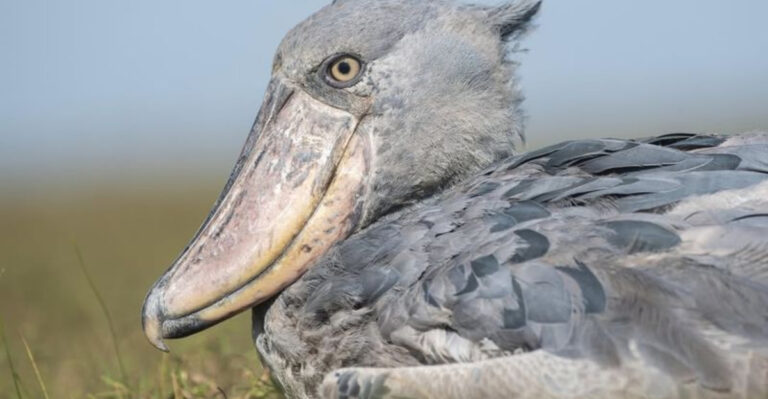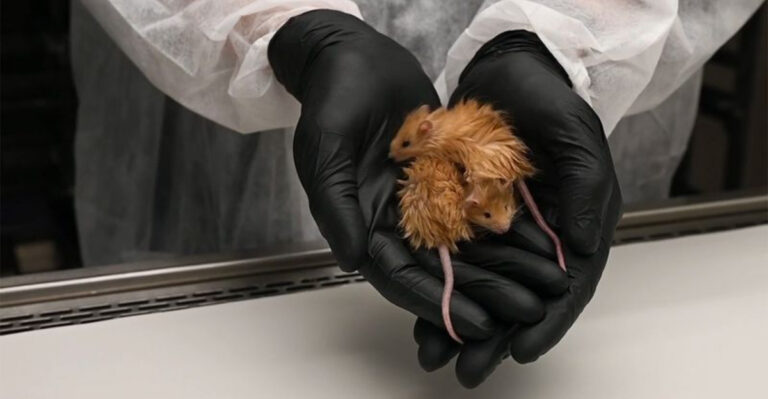The Return Of The Bobcat: How These Cats Are Helping Our Health
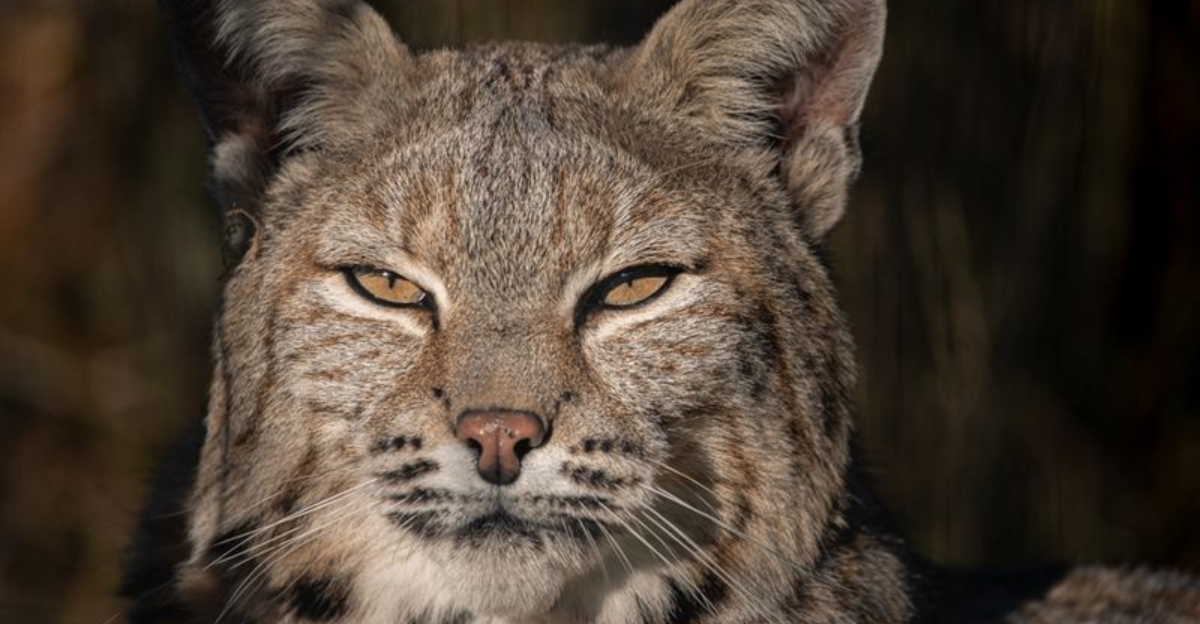
Once rare and rarely seen, bobcats are strutting back onto the scene—and their comeback is nothing short of wild.
These stealthy predators aren’t just cool to spot in the wild; they’re actually doing us a huge favor.
By keeping certain animal populations in check, bobcats may be helping protect humans from disease and restoring balance to the ecosystems they call home.
1. Biodiversity Enrichment

Bobcats are quiet champions of biodiversity, keeping ecosystems balanced and thriving.
This balance allows a rich mix of plants and animals to flourish side by side.
They often target weaker prey, which strengthens species over time.
Their return signals not just survival—but a healthier, more resilient natural world.
2. Pest Controllers
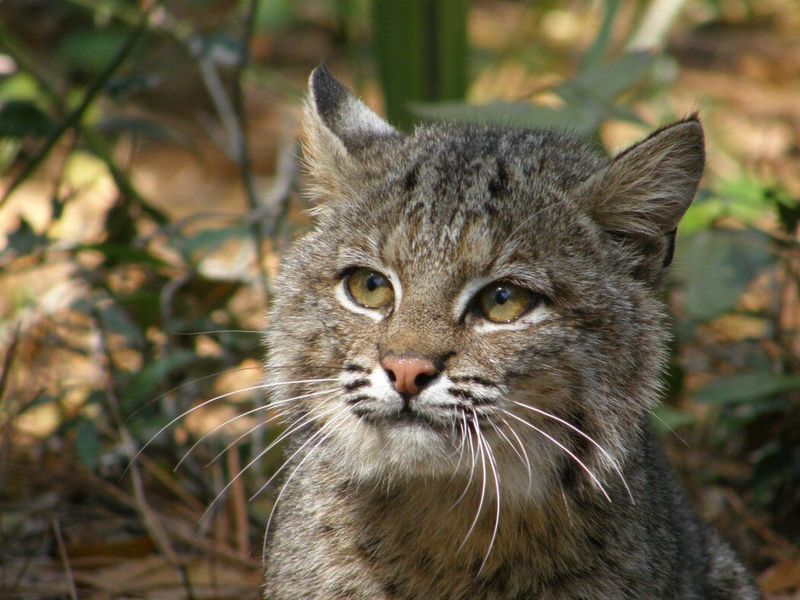
Bobcats are nature’s silent pest control squad, sneaking through the night on velvet paws.
Their sharp senses and stealthy moves make them rodent-hunting pros.
Fewer rodents mean fewer chances for diseases to spread. These wild cats aren’t just surviving—they’re doing us a solid.
Without even trying, bobcats are keeping neighborhoods healthier, one mouse at a time.
3. Balancing Coexistence
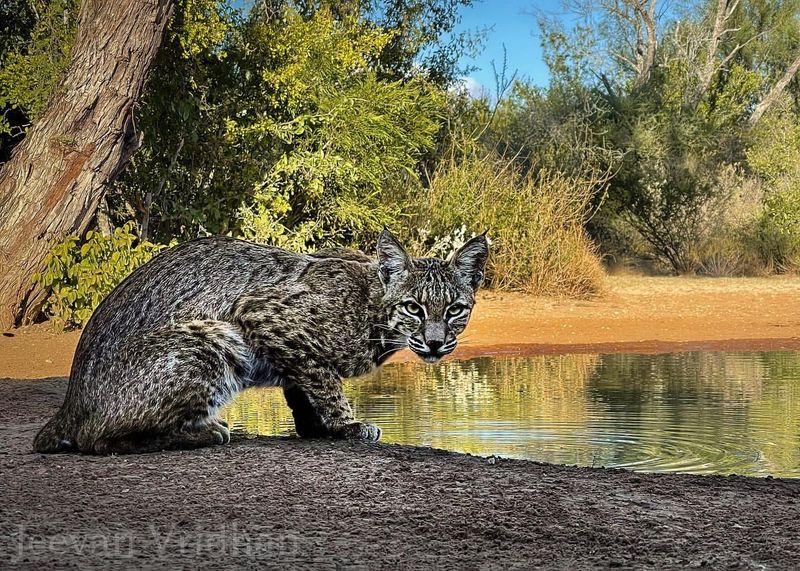
Bobcats are quietly making their way back, thriving thanks to smart conservation and a little human cooperation.
Their return to suburban areas has sparked a fresh appreciation for peaceful coexistence.
As symbols of the wild, they remind us that nature is still very much alive around us.
More people are securing trash and watching their pets, making neighborhoods safer for all.
4. Natural Disease Control
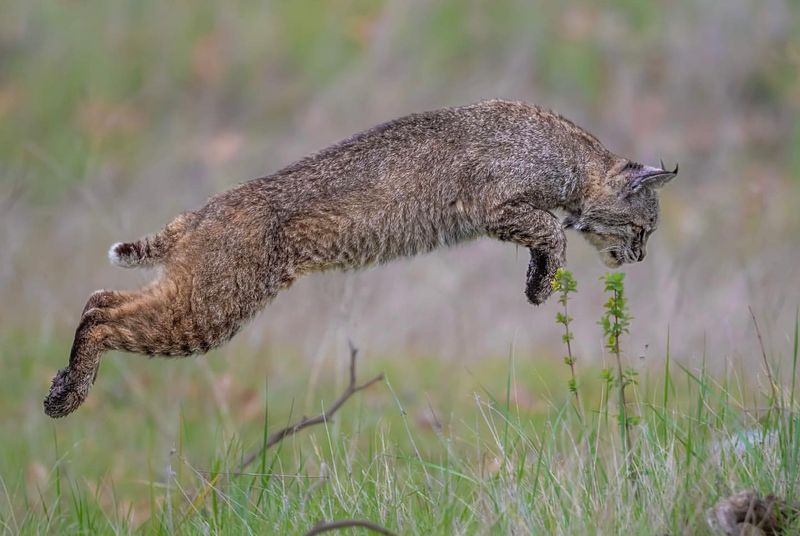
Bobcats are more than just elusive wildcats—they’re frontline defenders against disease.
By hunting rodents, they help lower the risk of illnesses like hantavirus and Lyme disease.
Their natural pest control means less need for harmful chemicals in the environment.
Fewer rodents also lead to healthier ecosystems and happier wildlife neighbors.
In short, bobcats aren’t just making a comeback—they’re making our world a safer, cleaner place.
5. Public Health Impact
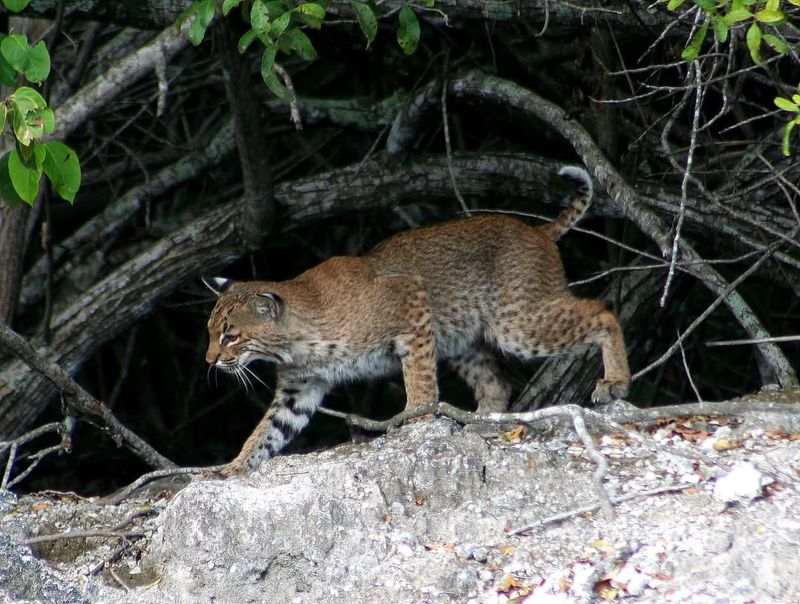
Bobcats aren’t just good for the wild—they’re surprisingly helpful for public health too.
By hunting rodents, they reduce the risk of diseases like Lyme and hantavirus.
This natural pest control also cuts down the need for harmful pesticides.
Communities near bobcat habitats often see fewer rodent problems as a result.
Protecting these predators means protecting ourselves—it’s a win for nature and for us.
6. Handling Ticks
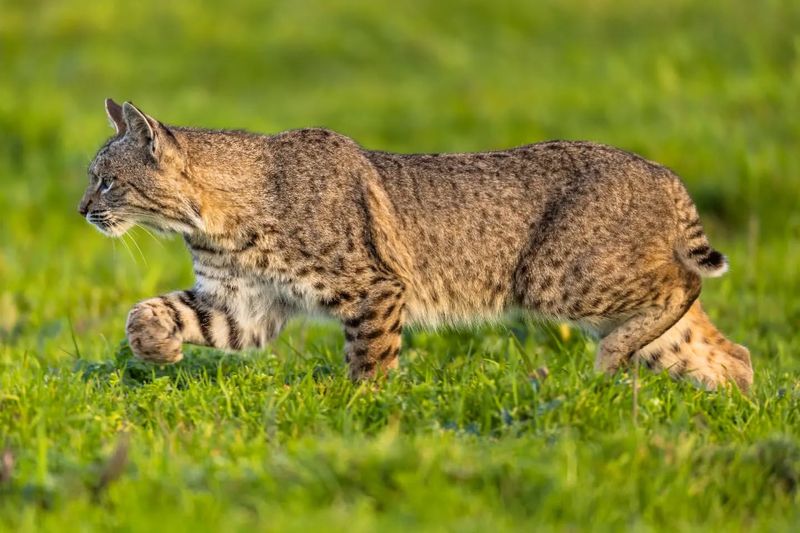
Bobcats aren’t just making a comeback—they’re helping fight the tick problem too.
By hunting mice, they shrink the tick population right at its source.
That’s big news for areas hit hard by Lyme disease and other tick-borne illnesses.
Even their grooming habits help stop parasites before they spread.
Keeping bobcats around isn’t just good for nature—it’s a win for our health too.
7. Recovery From Decline
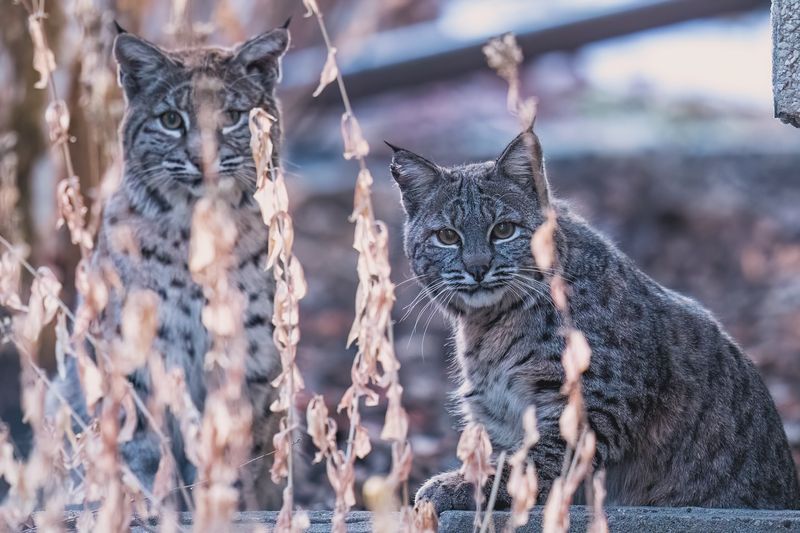
After years of decline, bobcats are bouncing back in a big way across North America.
Thanks to smart wildlife protections and better habitat management, they’re thriving once again.
Restored wild spaces and safe corridors now give them room to roam.
Education and awareness have helped shift public perception from fear to respect.
Their return is proof that when we work with nature, wild success stories can happen.
8. Ecological Balance
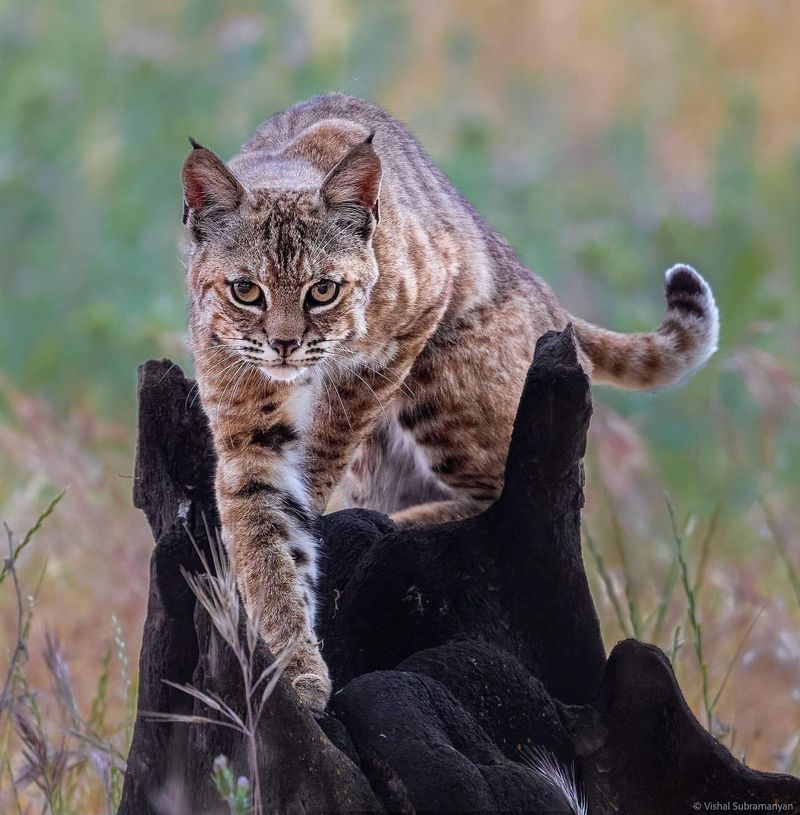
Bobcats are key players in nature’s balancing act, helping keep ecosystems healthy and diverse.
By managing prey populations, they prevent any one species from taking over.
Their hunting keeps vegetation intact and habitats thriving for other wildlife.
Fewer overcrowded animals also means fewer chances for disease to spread.
As apex predators, bobcats remind us that every species has a role—and theirs is a big one.
9. Conservation Success Stories
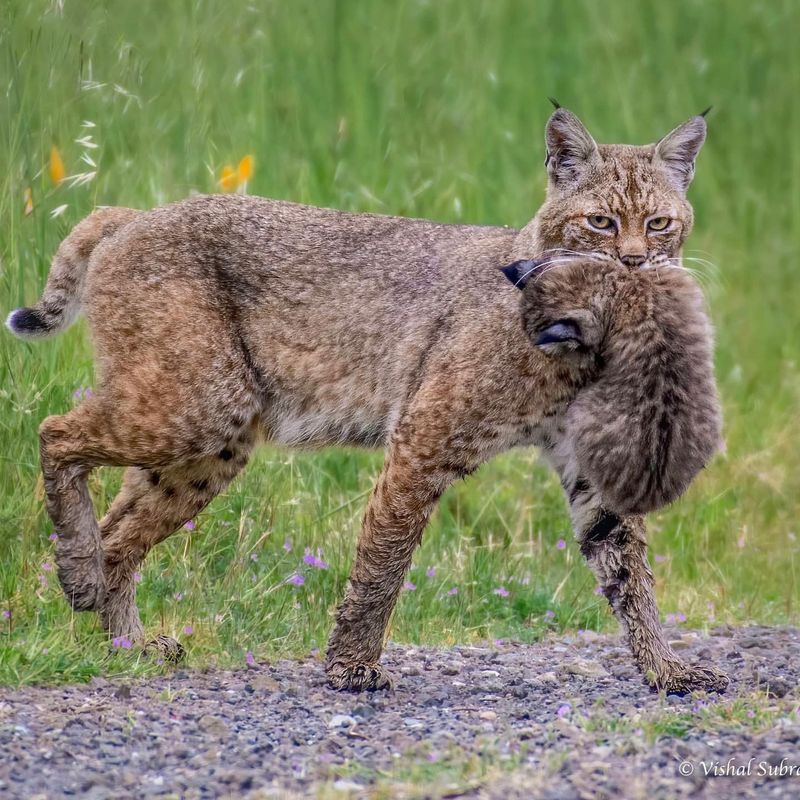
Bobcats are making a big comeback, and it’s all thanks to focused conservation efforts.
From protecting habitats to cracking down on poaching, these strategies are paying off.
Restored landscapes and wildlife corridors are giving bobcats room to roam and thrive.
Local communities, scientists, and organizations are teaming up to make it happen.
This success story shows just how powerful we can be when we work together to protect the wild.
10. Urban Myths
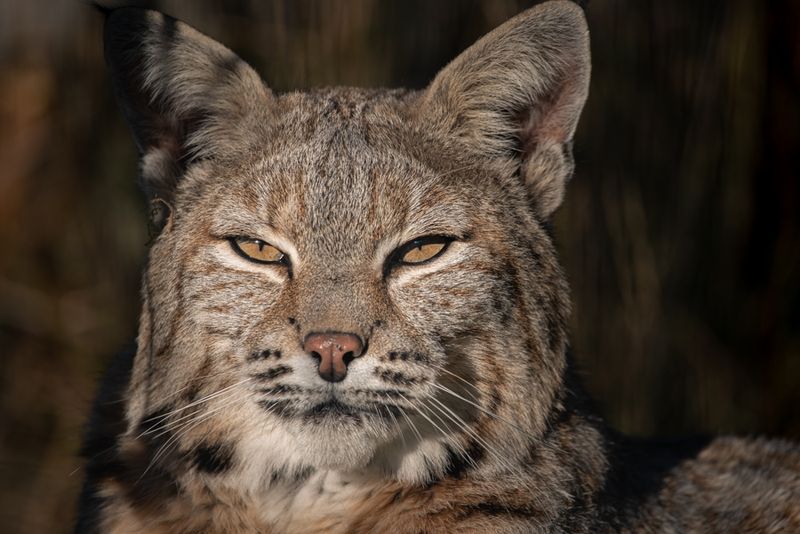
As bobcats sneak into city life, wild myths are tagging right along.
Some folks say they’re lucky charms, others swear they’re mystical guardians.
Their sharp senses and silent steps only add to the mystery.
Spotting one under moonlight feels like something out of a storybook.
Whether feared or adored, these stealthy cats are becoming urban legends on four paws.
11. Prey Regulation
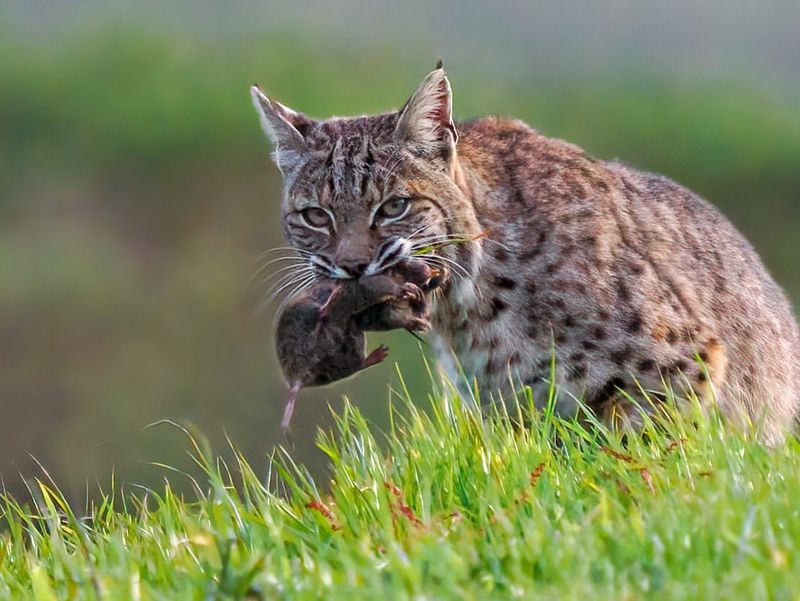
Bobcats are stealthy hunters that keep rabbits, rodents, and other small mammals in check.
Their hunting habits support healthier plant life and give other species room to thrive.
Fewer overcrowded prey animals also means fewer chances for disease to spread.
Bobcats aren’t just predators—they’re essential players in keeping nature in harmony.
12. Future Prospects
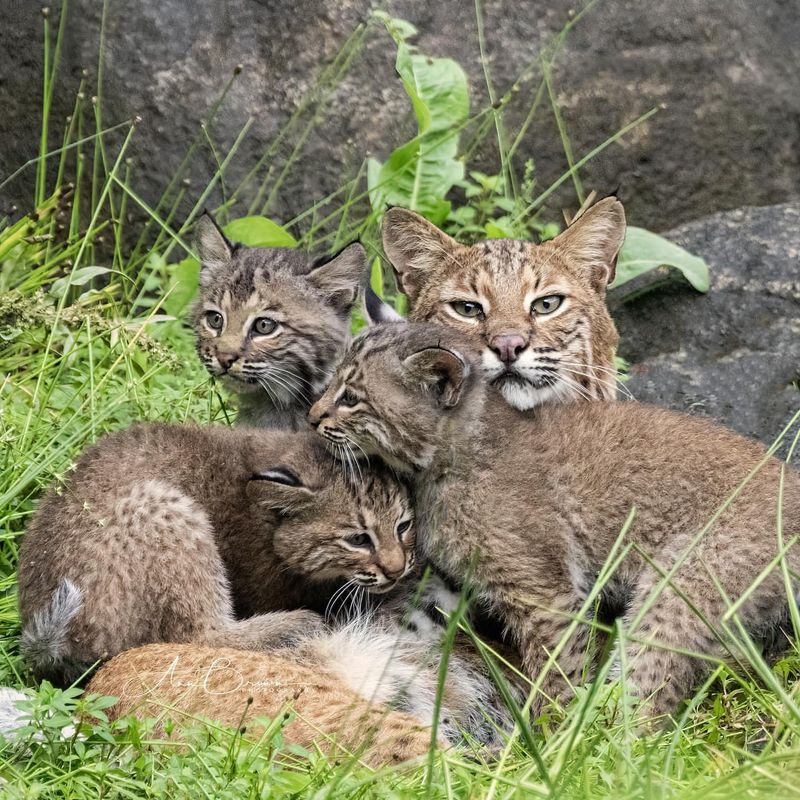
The bobcat’s comeback is more than a win—it’s a glimpse into the future of conservation done right.
As protections grow and habitats expand, these wild cats are paving the way for stronger ecosystems.
Connecting populations will boost genetic diversity and long-term survival.
Education and awareness will help humans and bobcats share space peacefully.
This success story proves that when we work with nature, everyone thrives.




